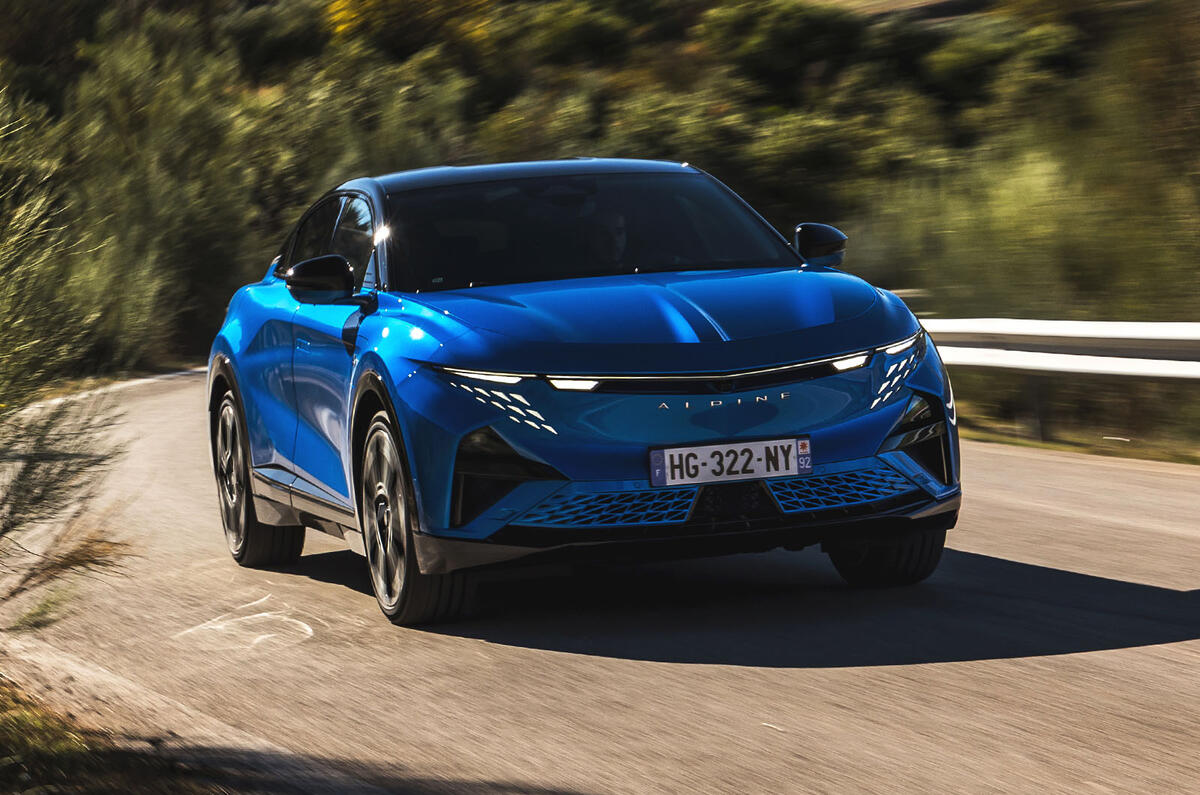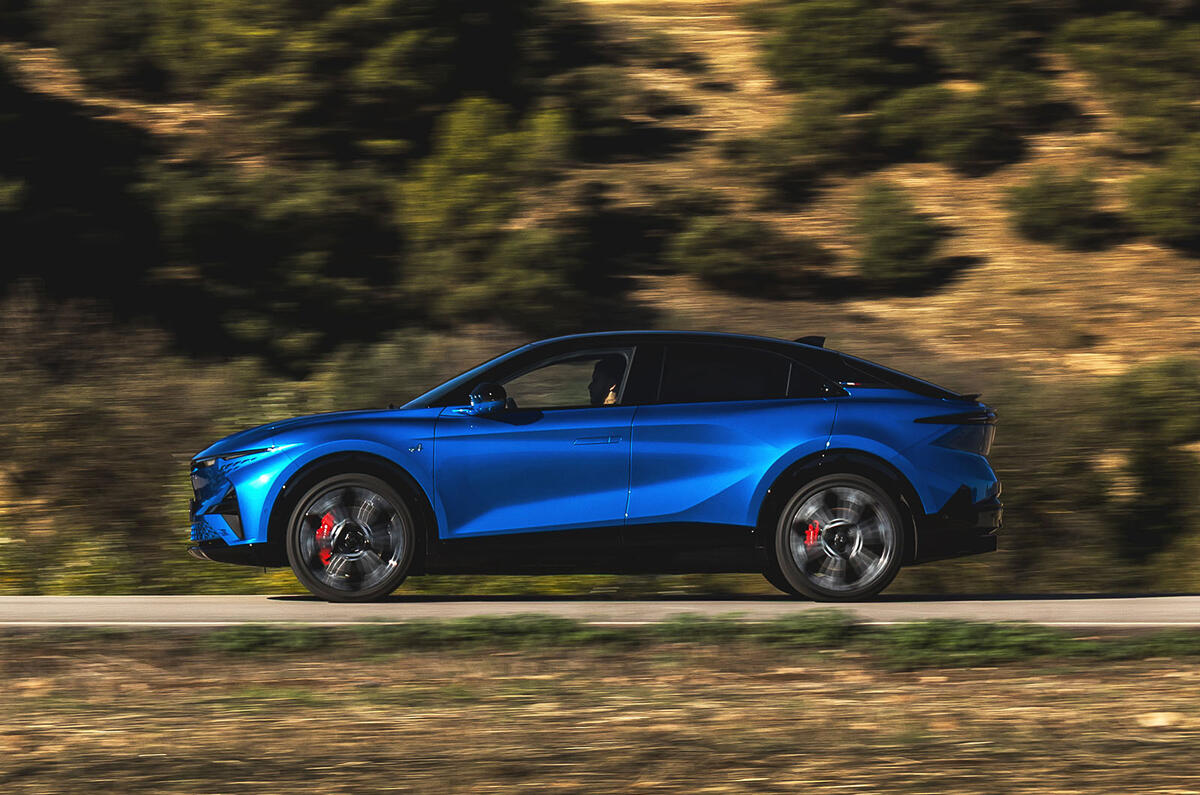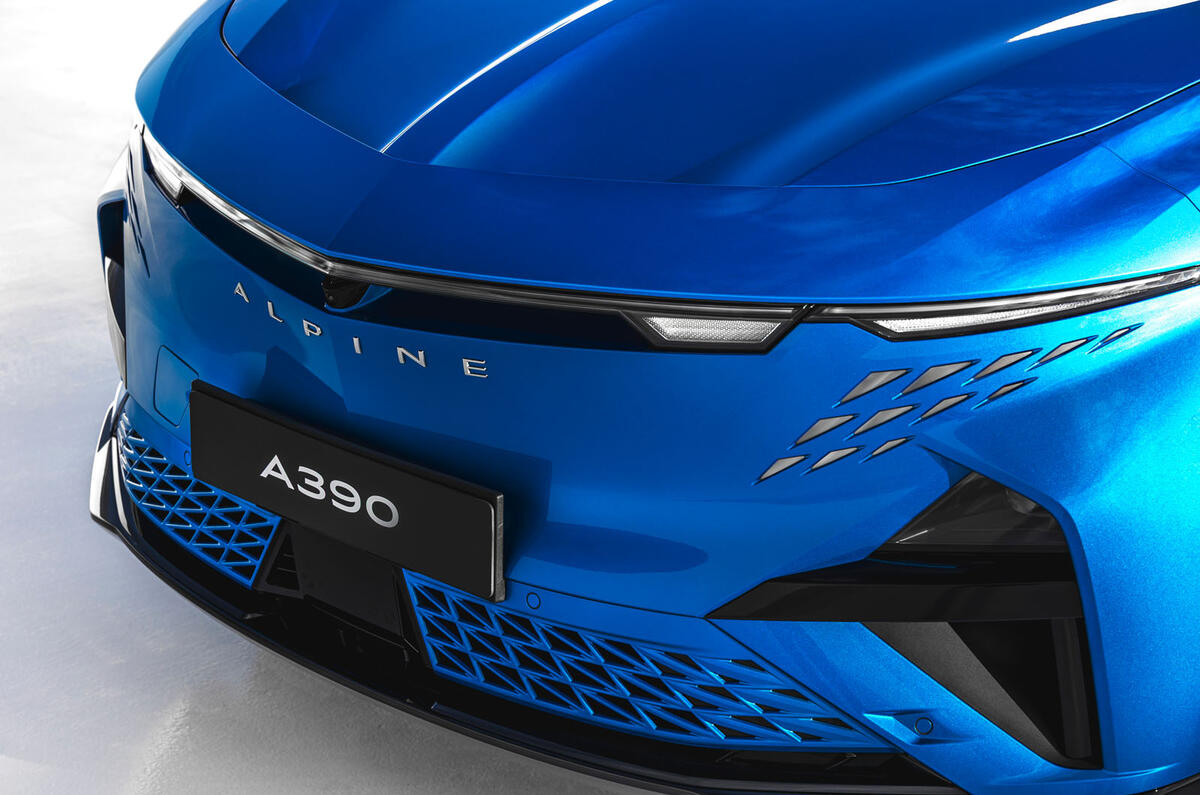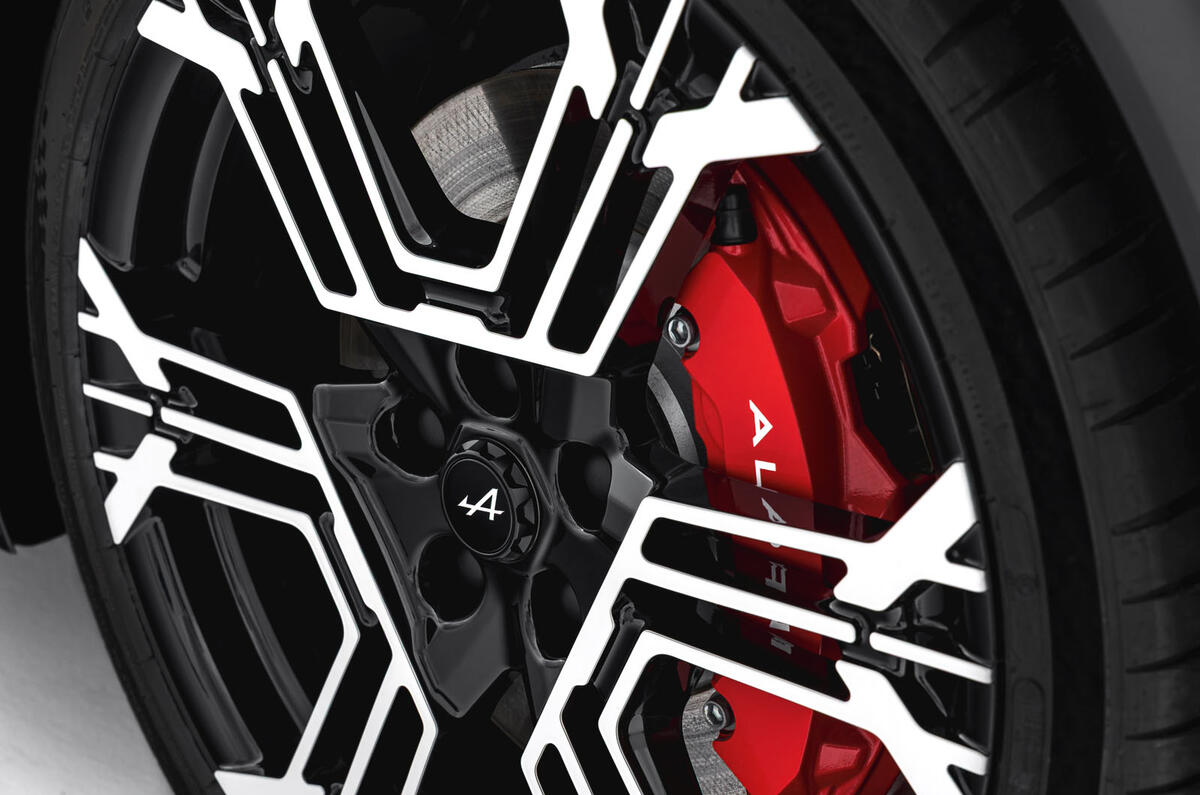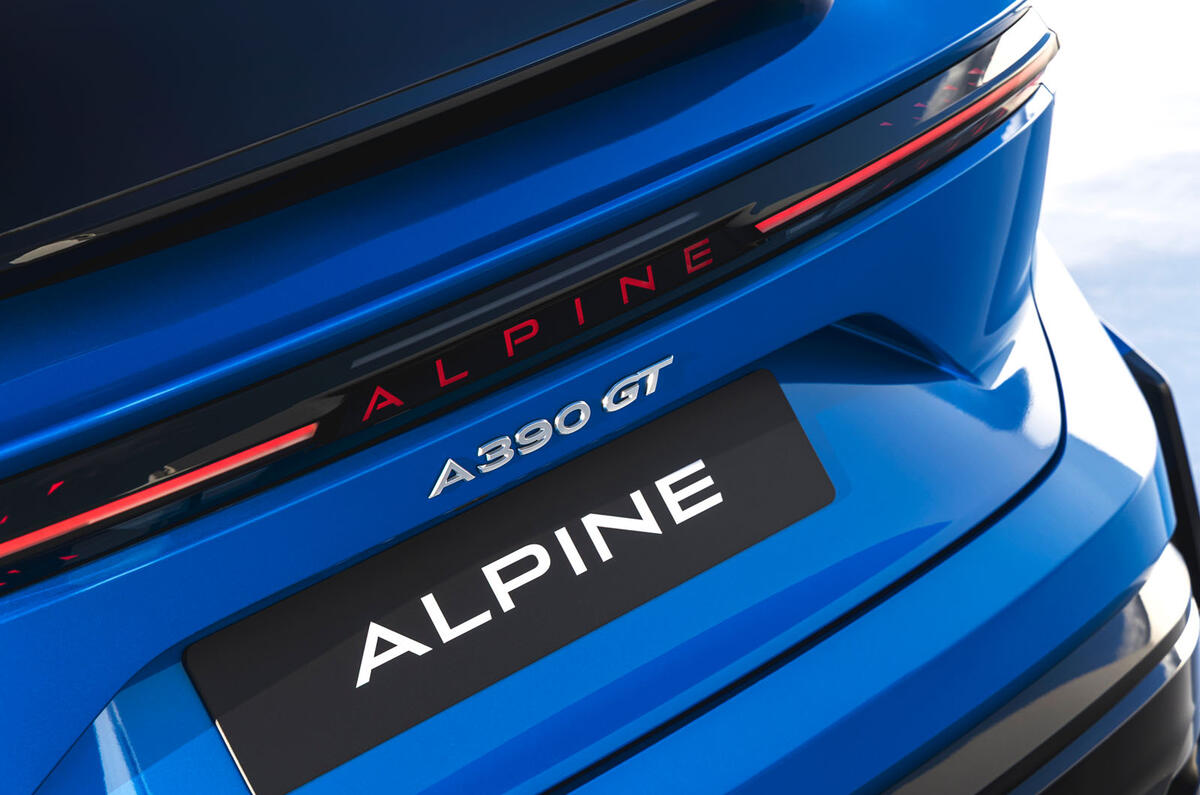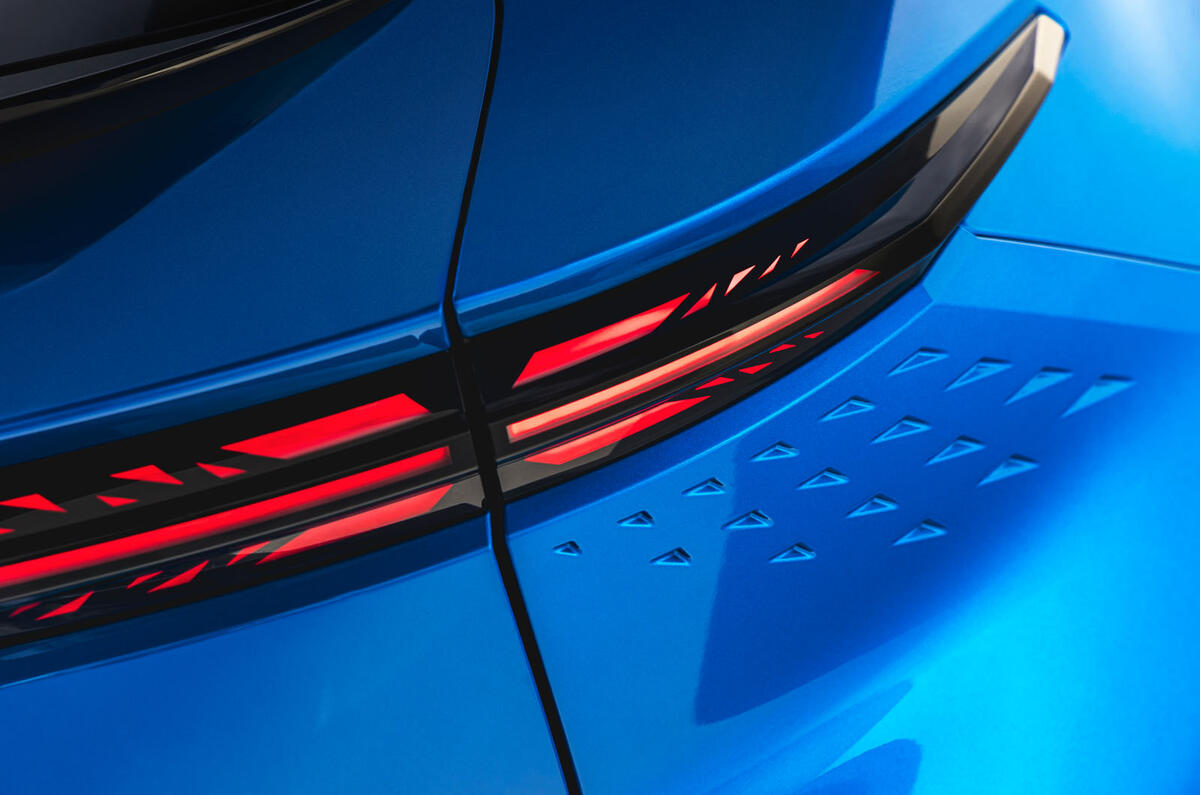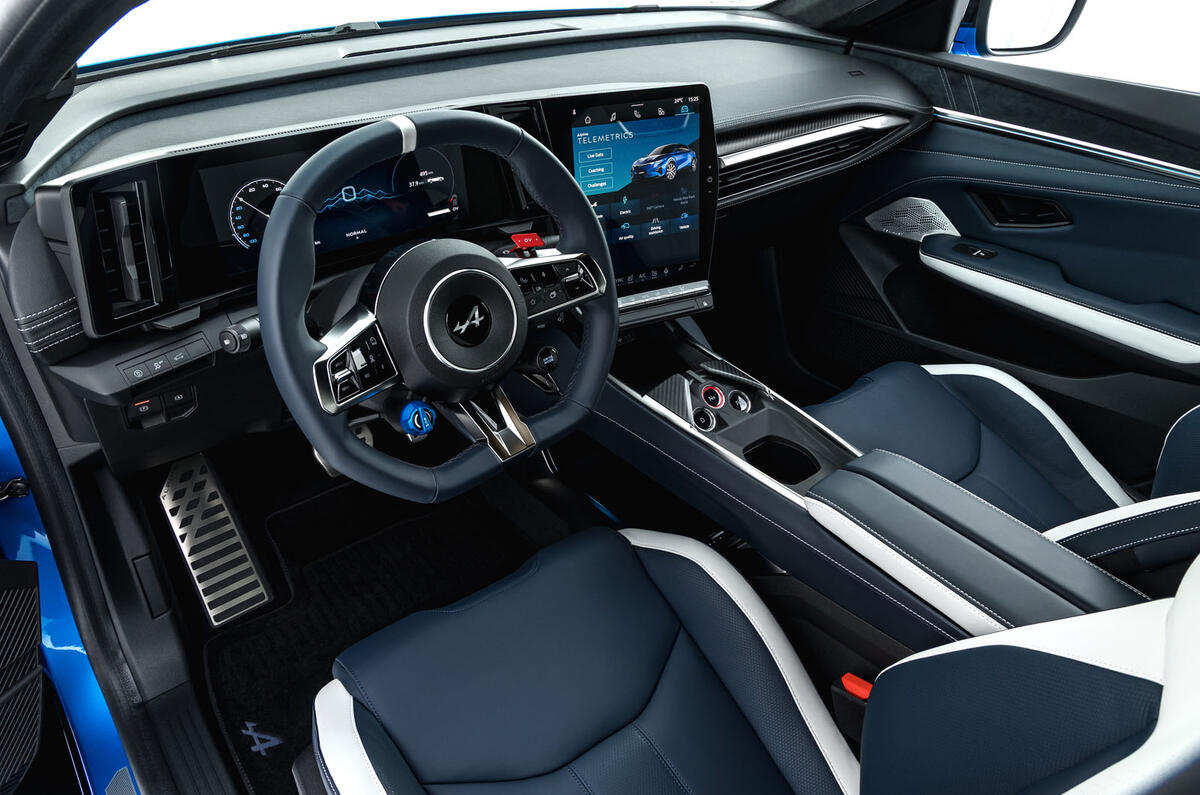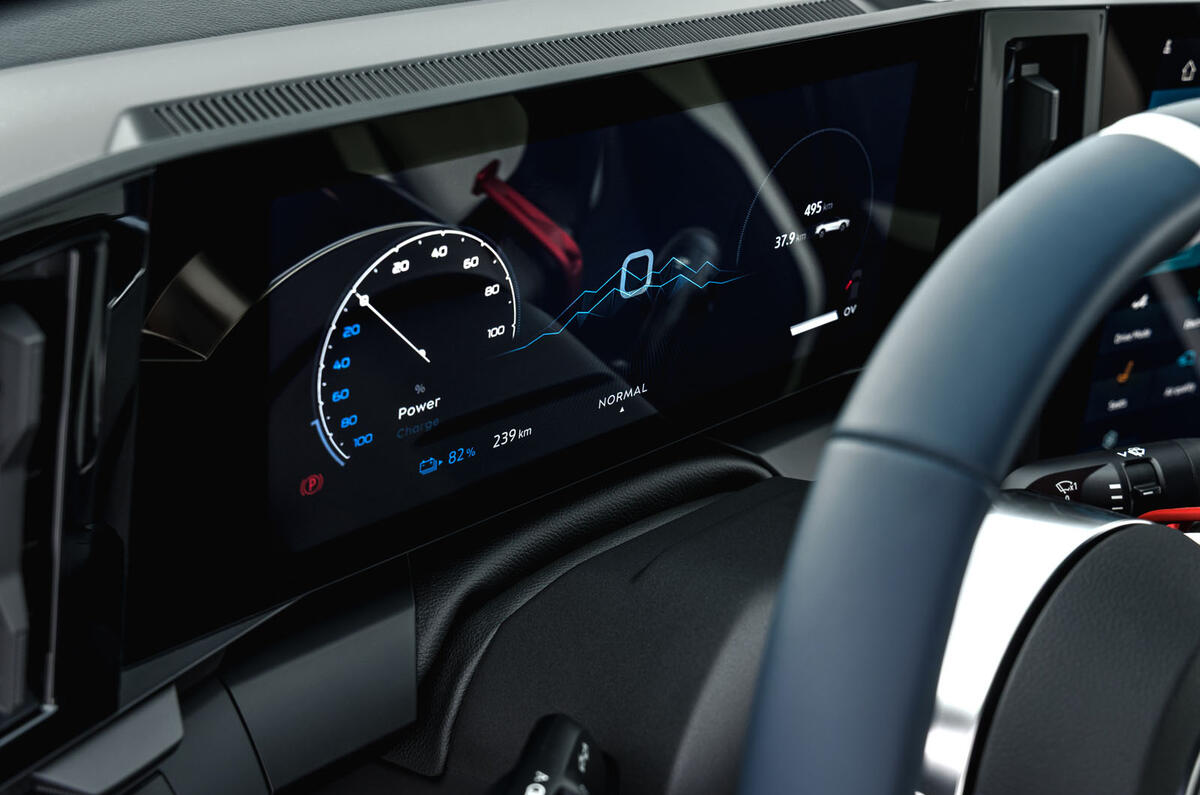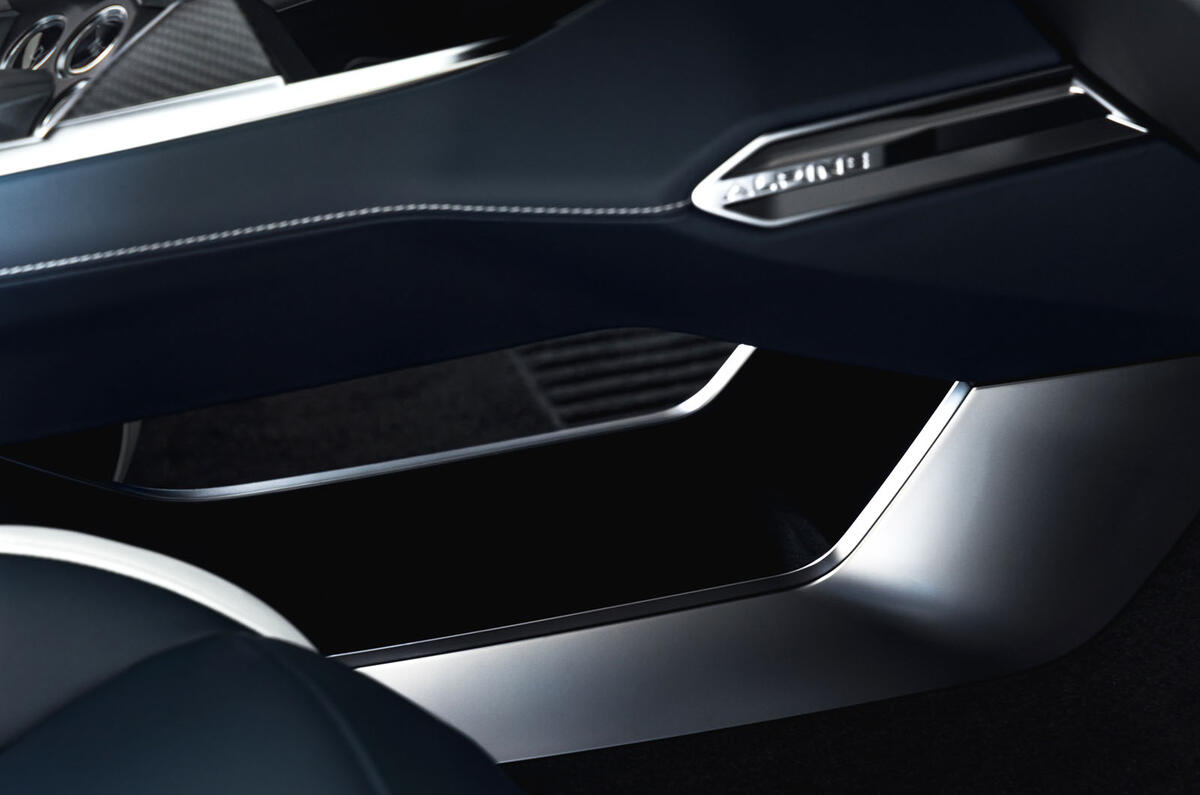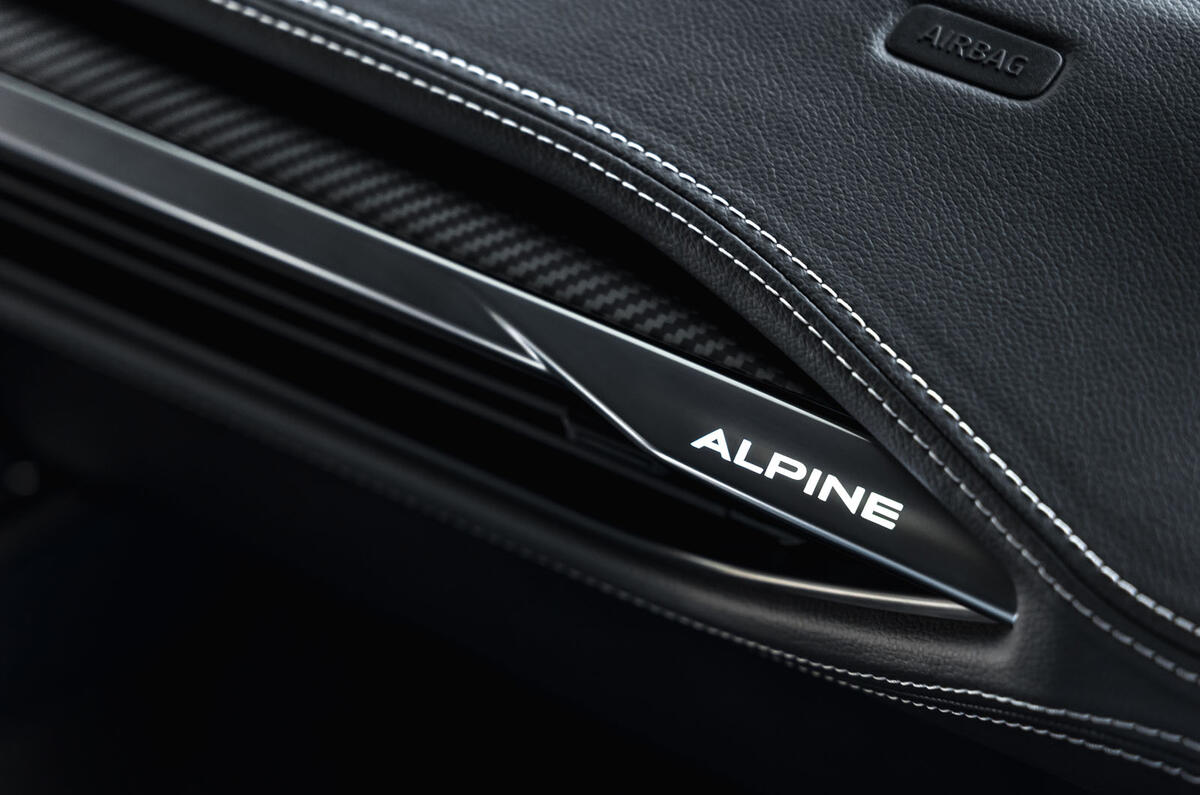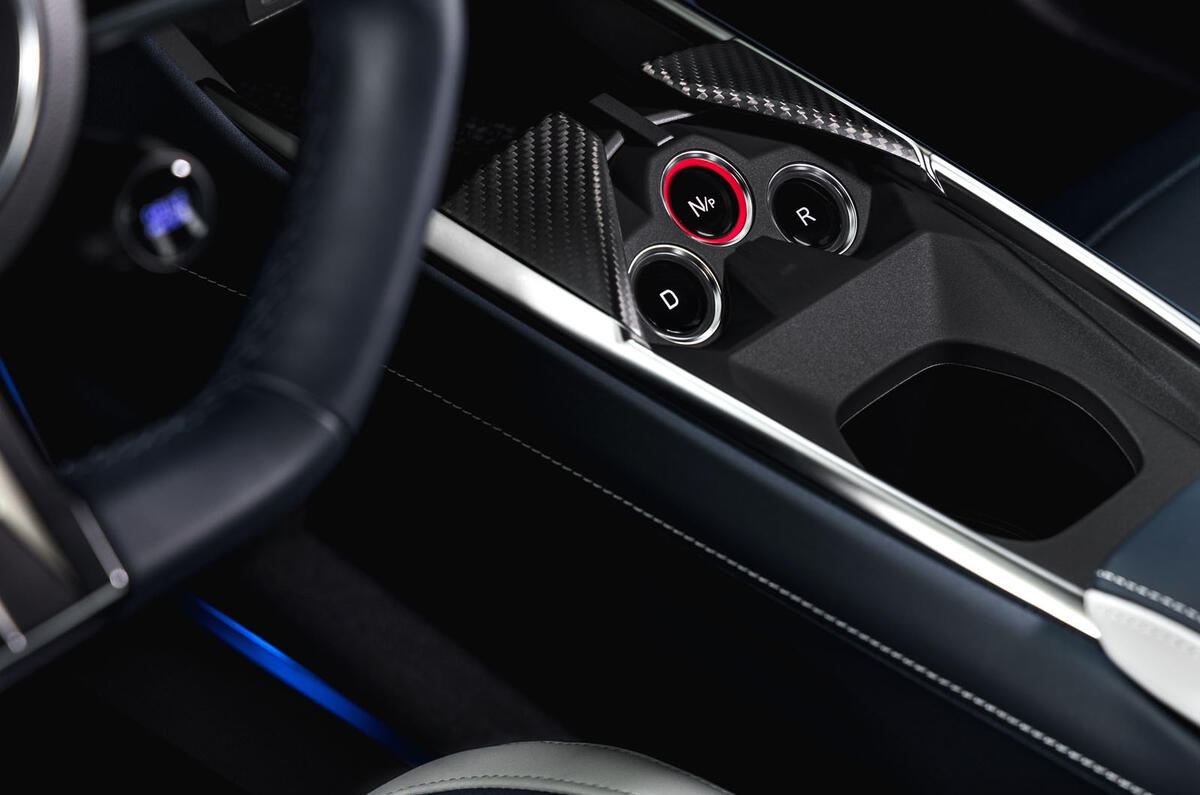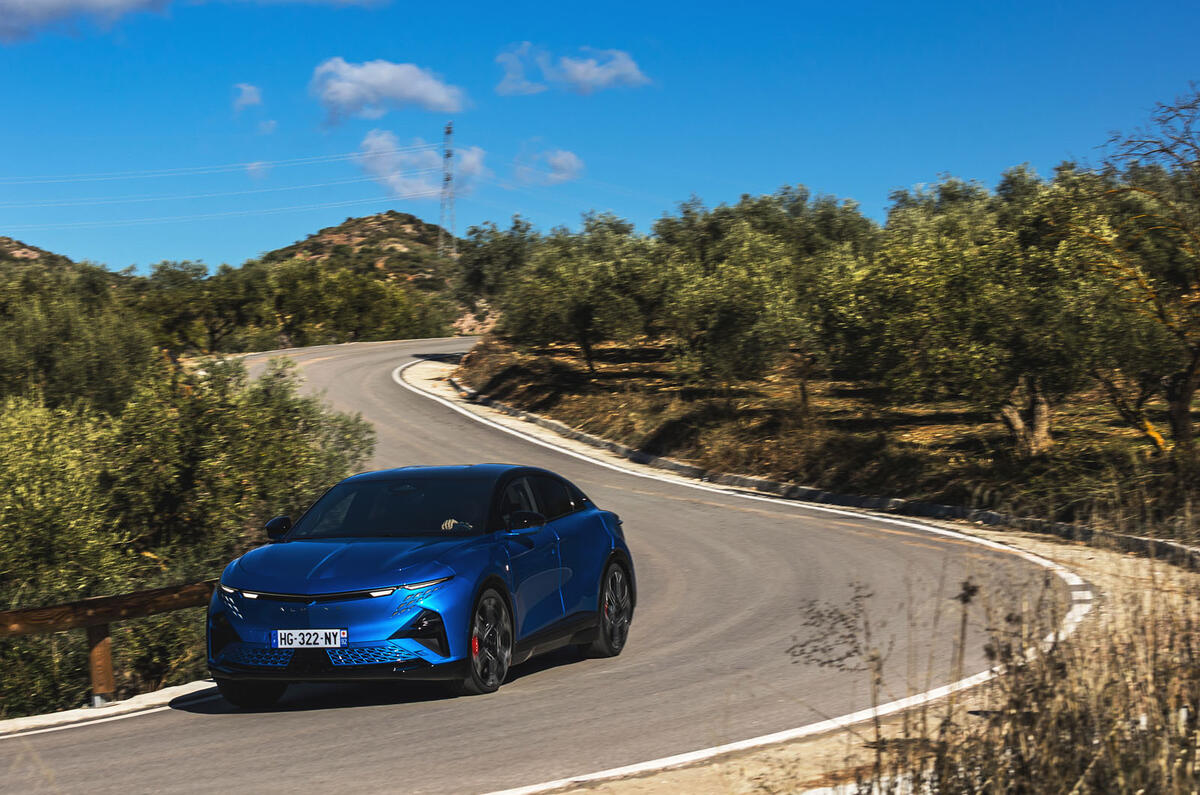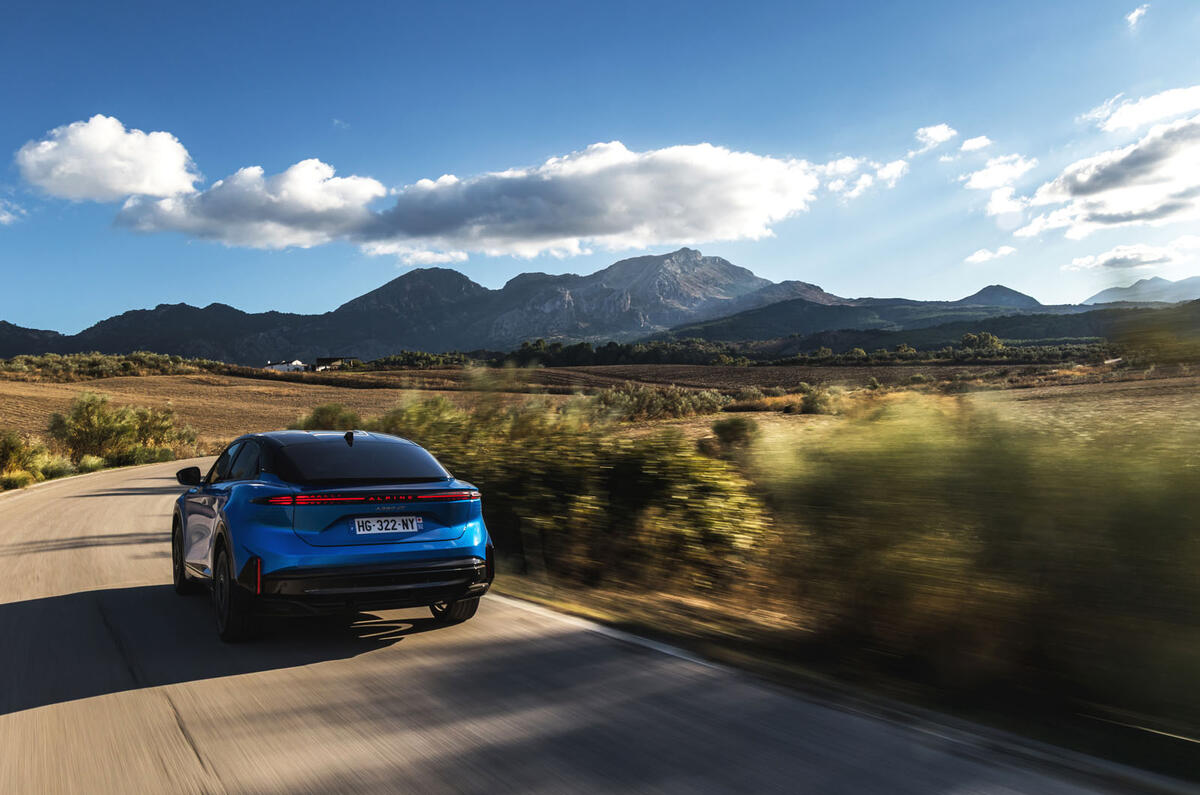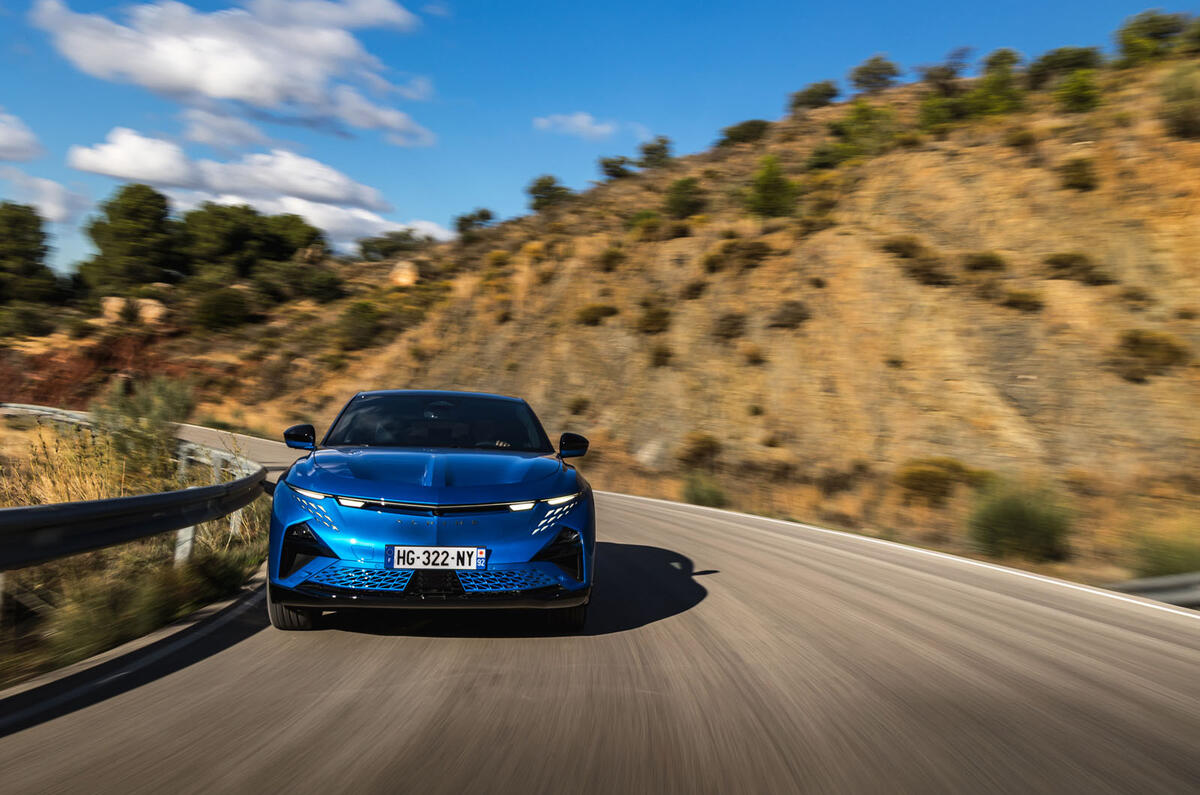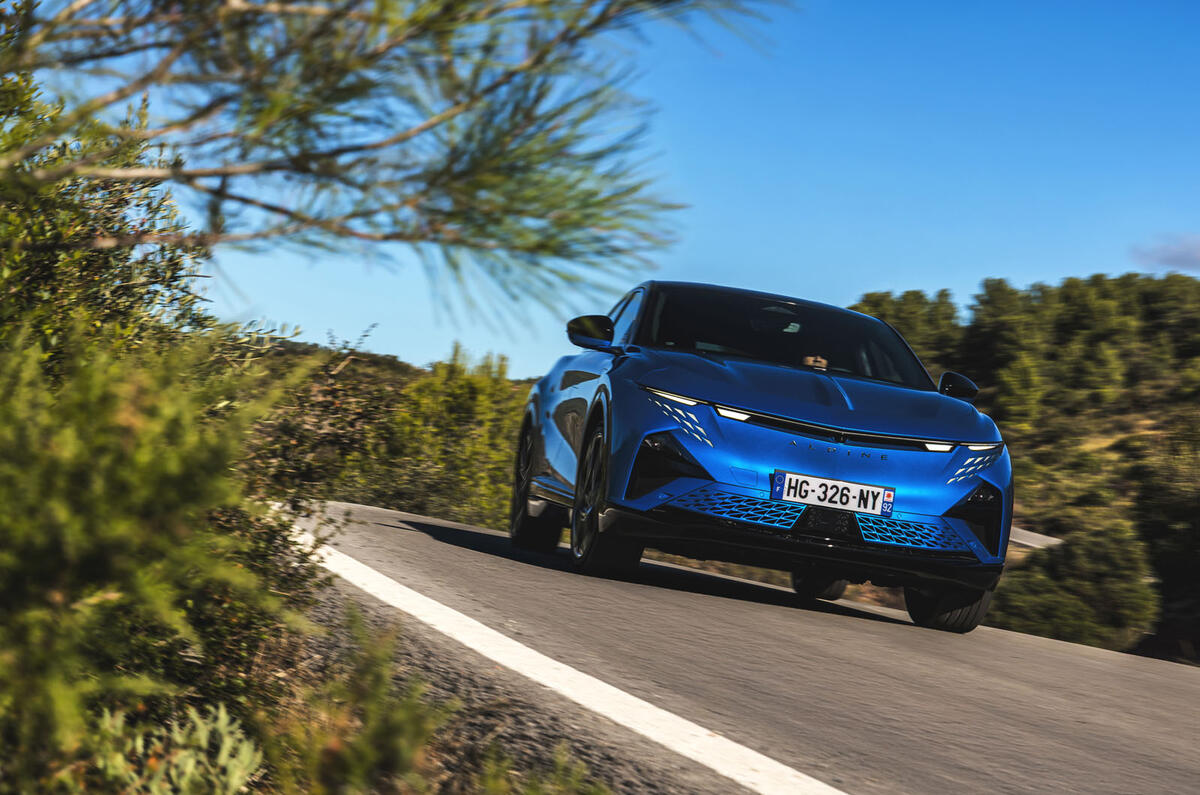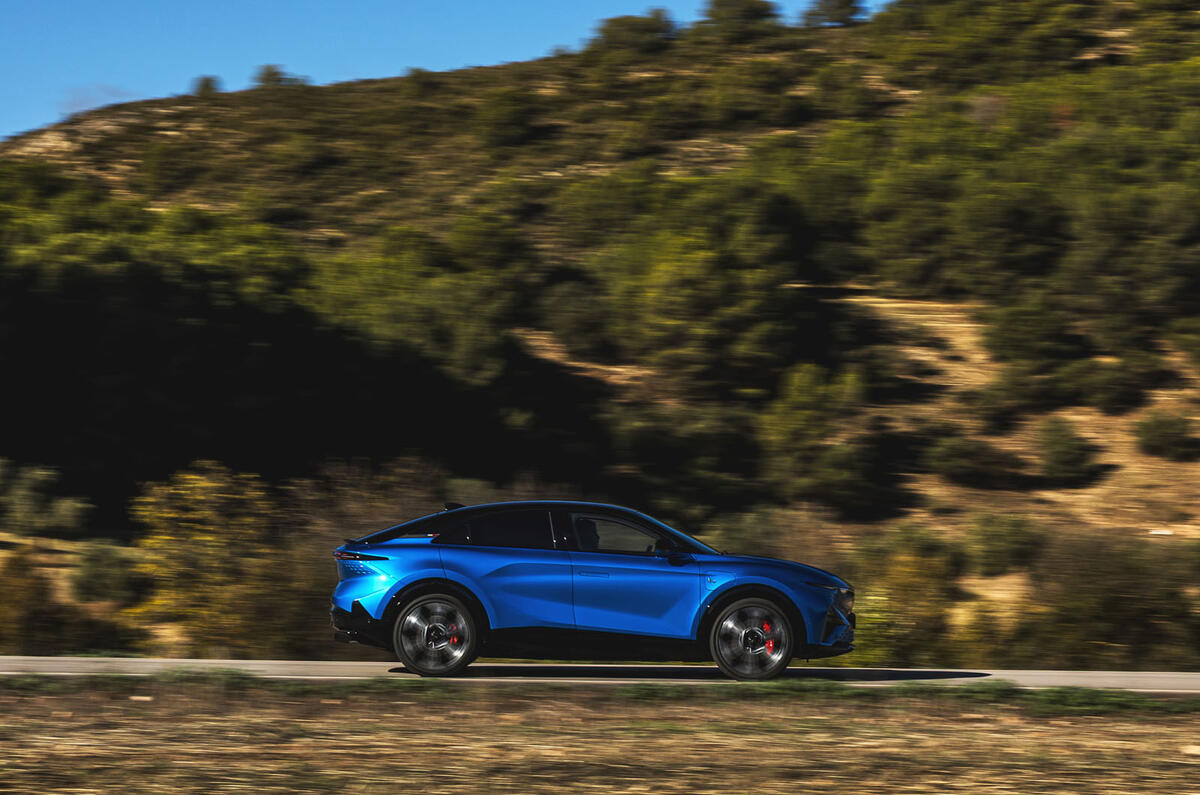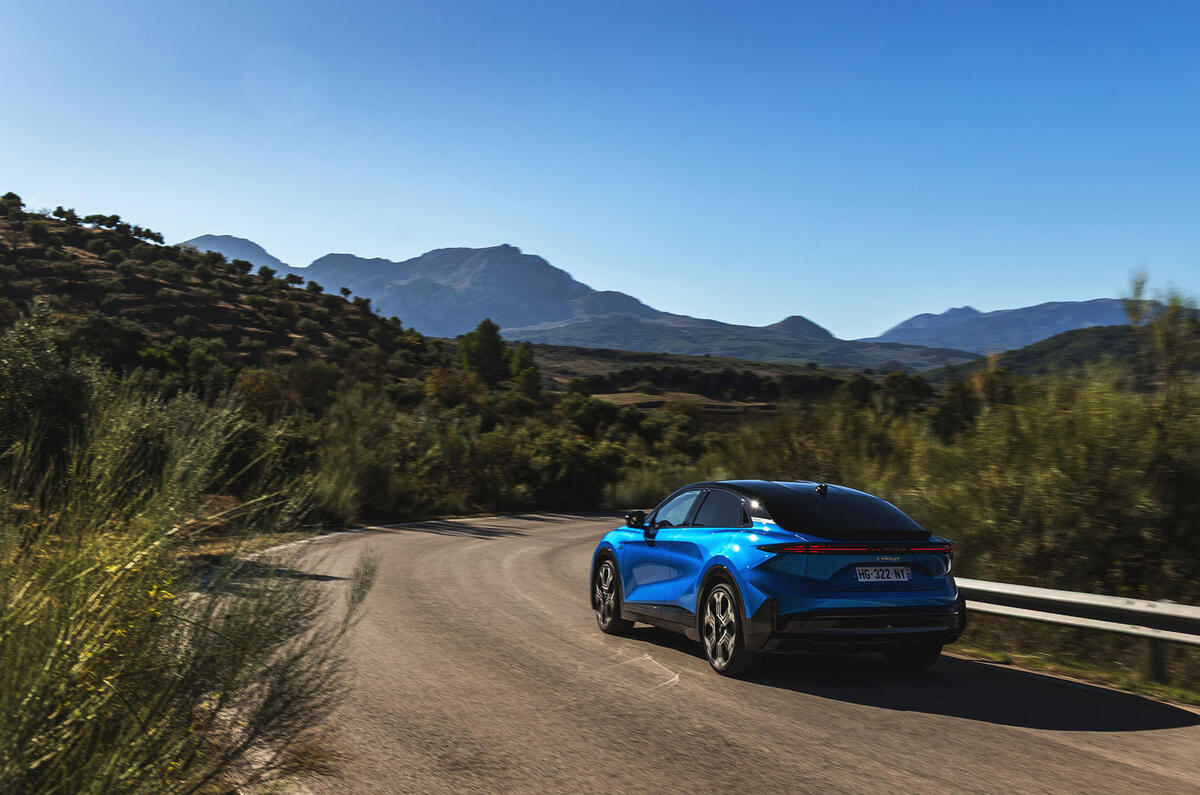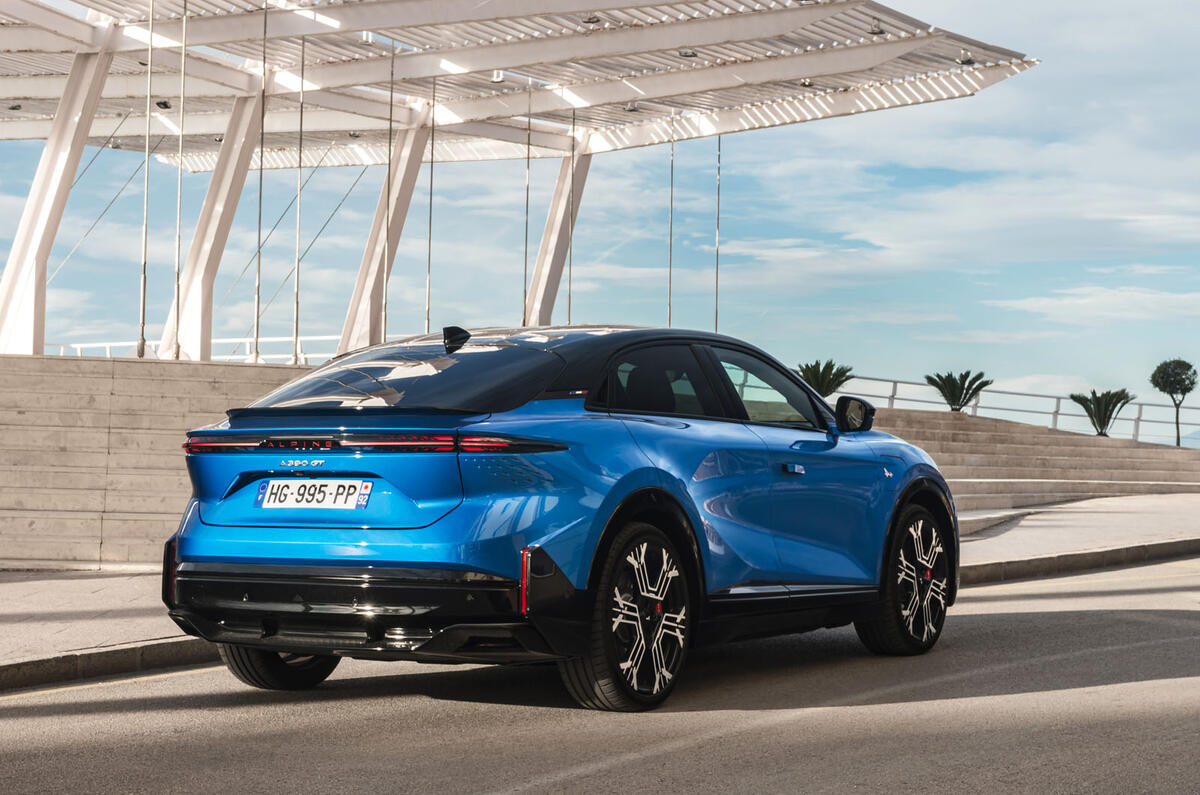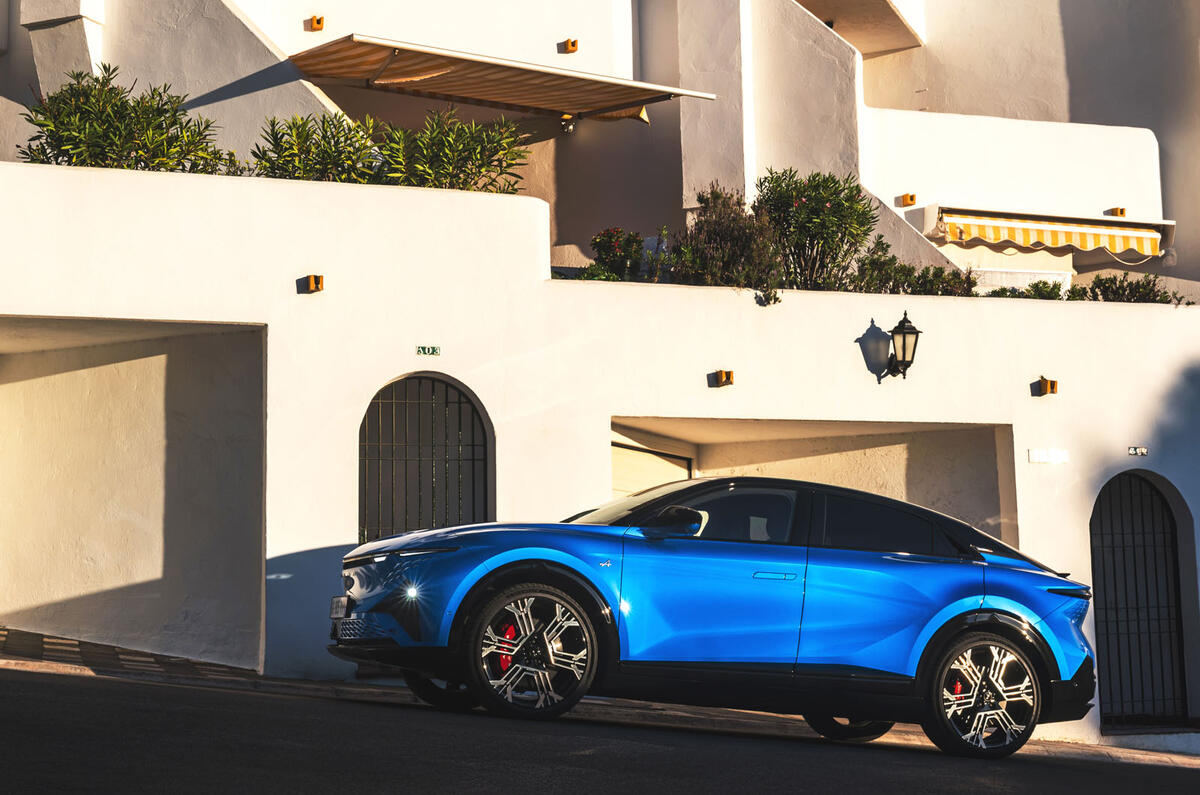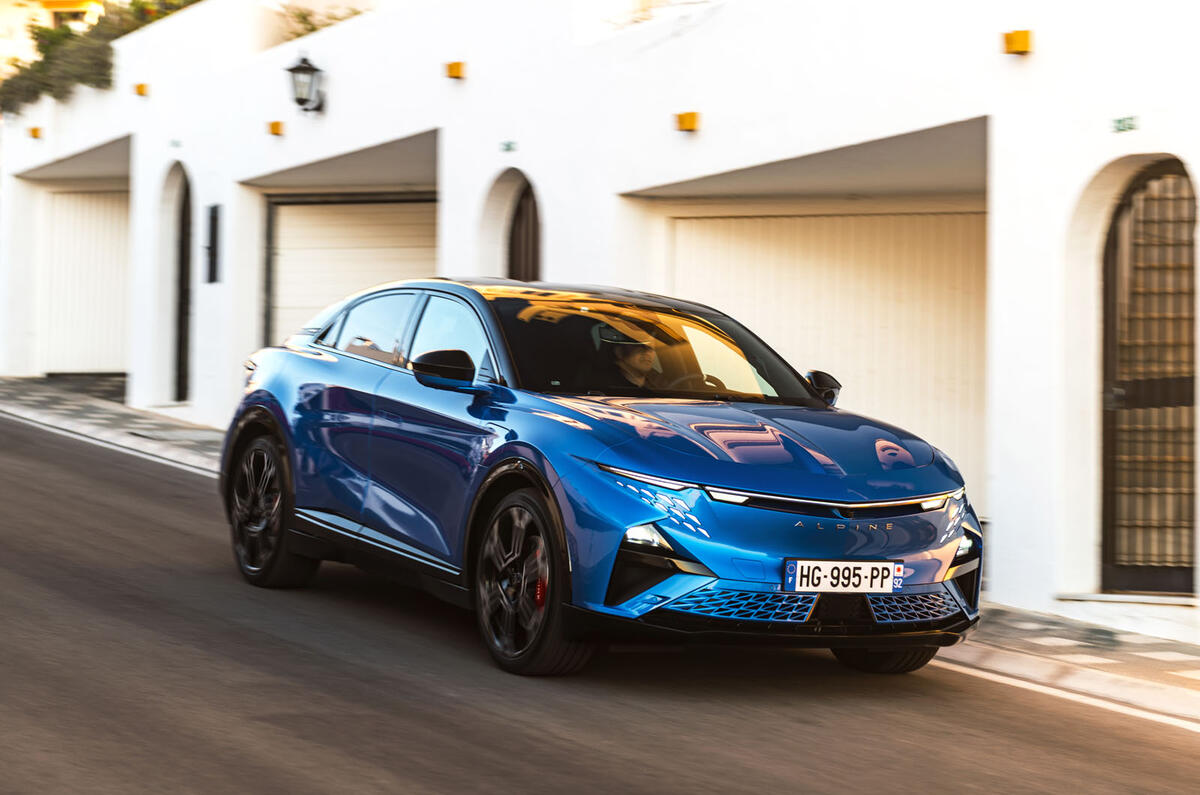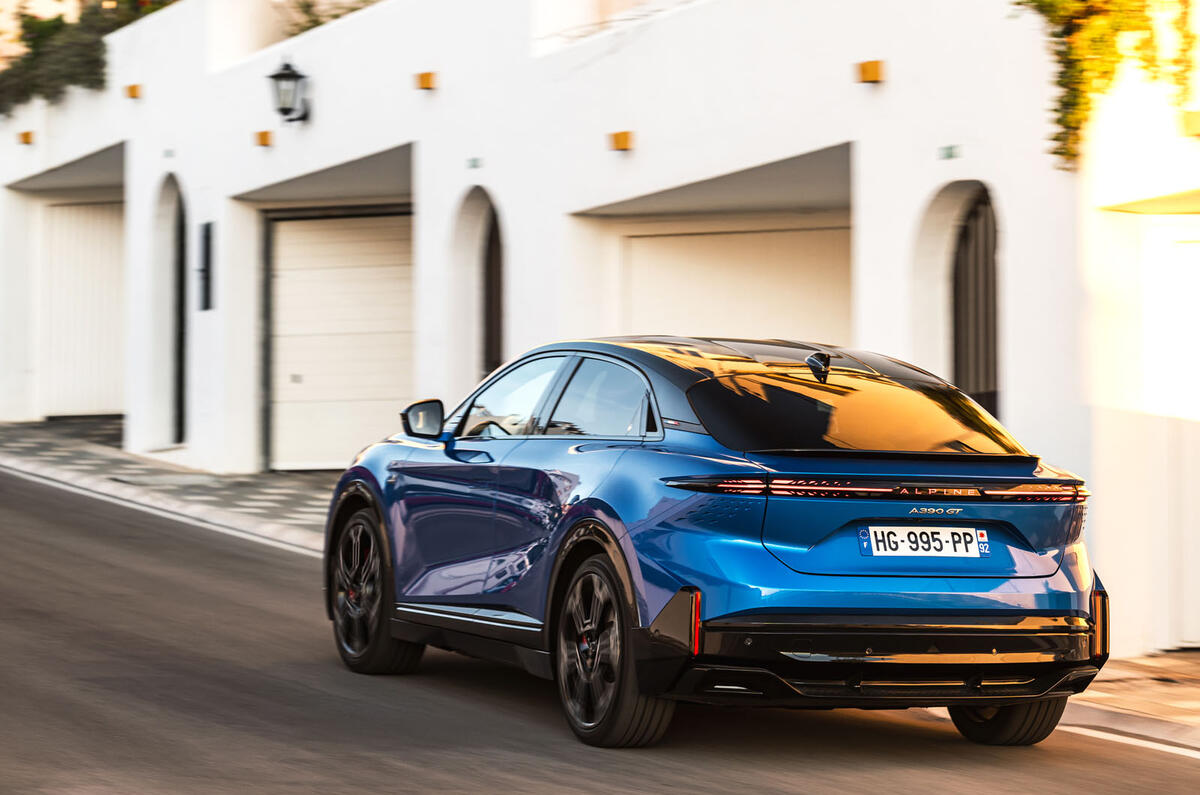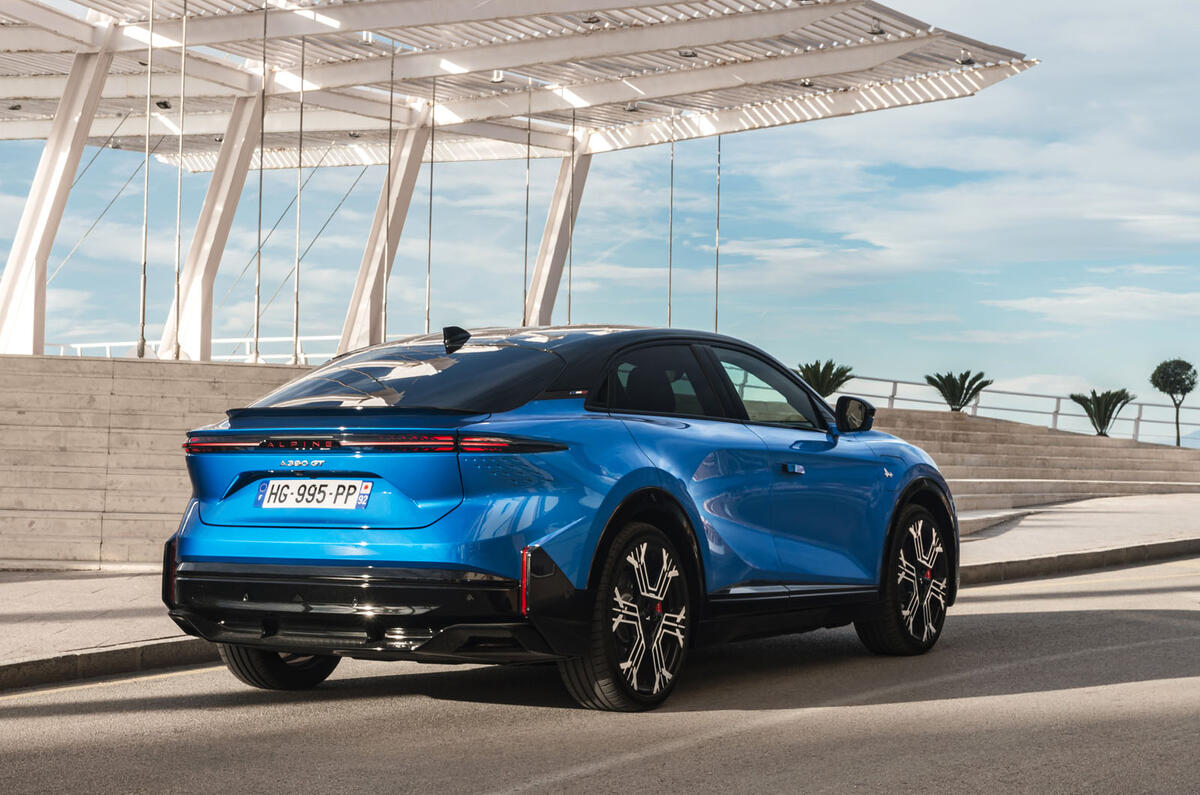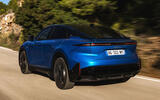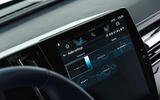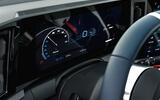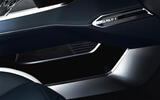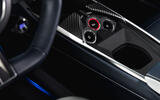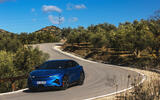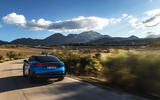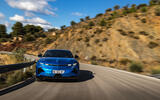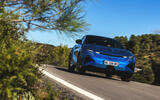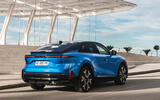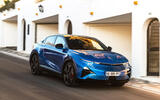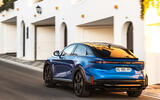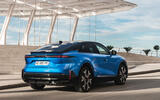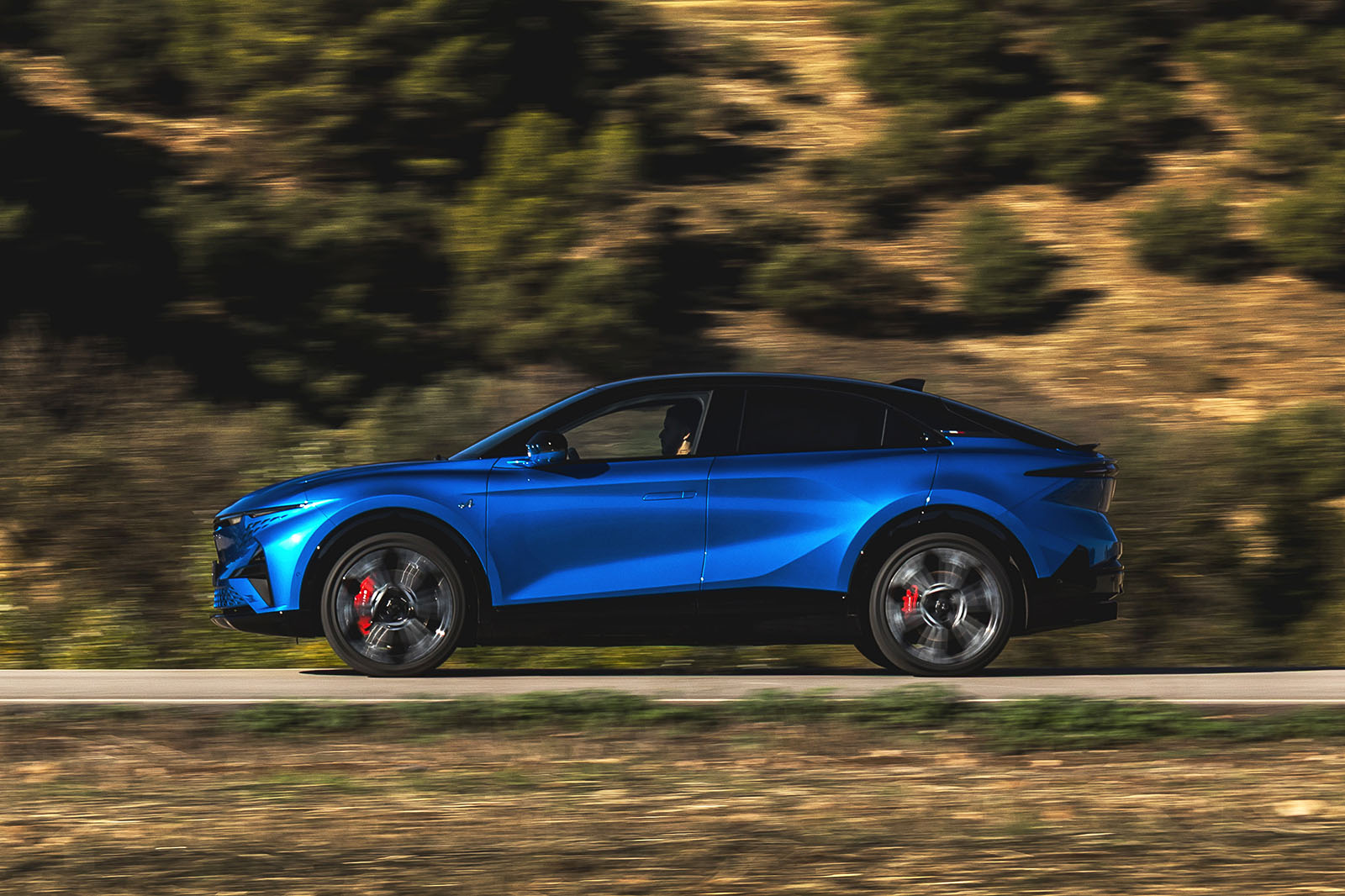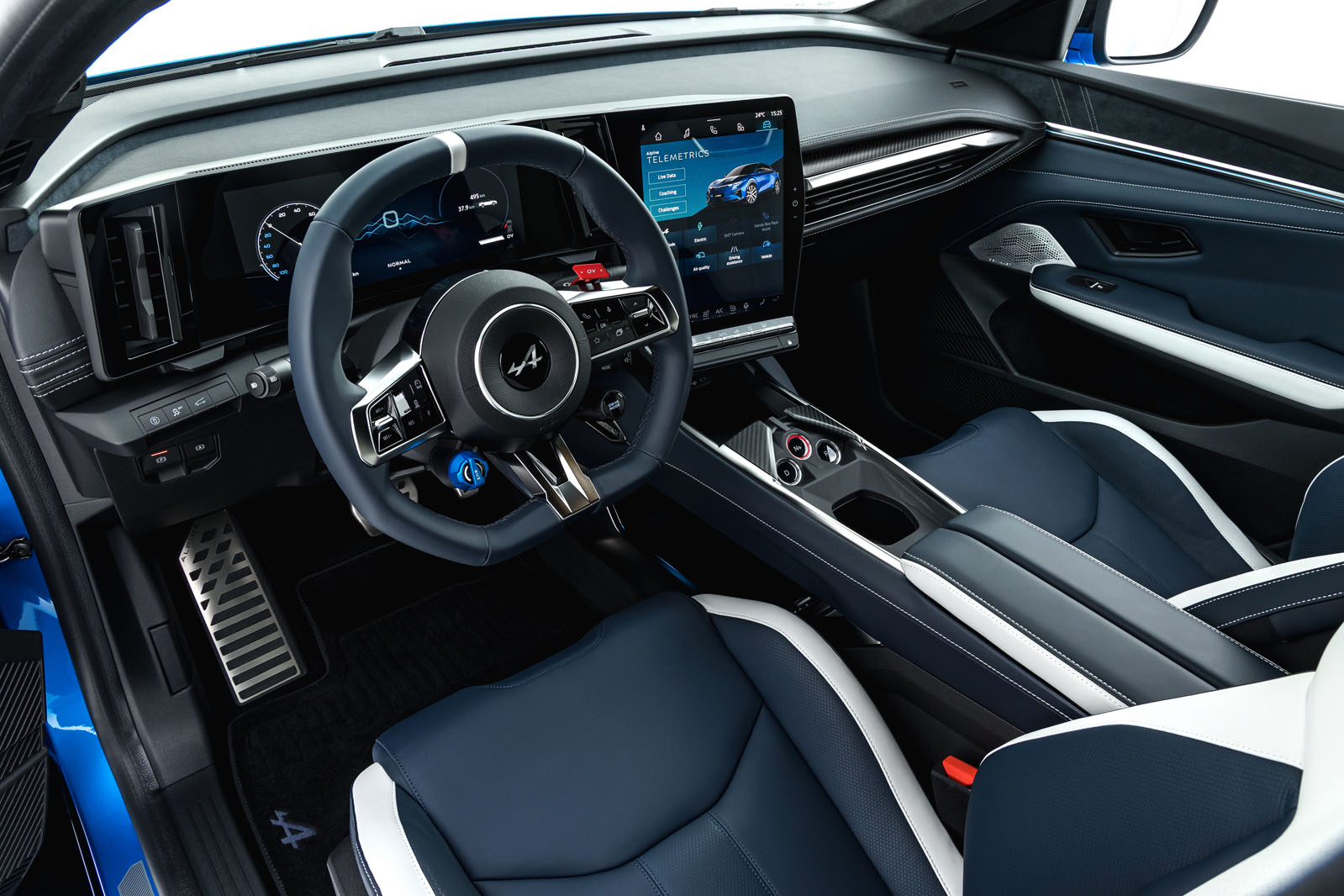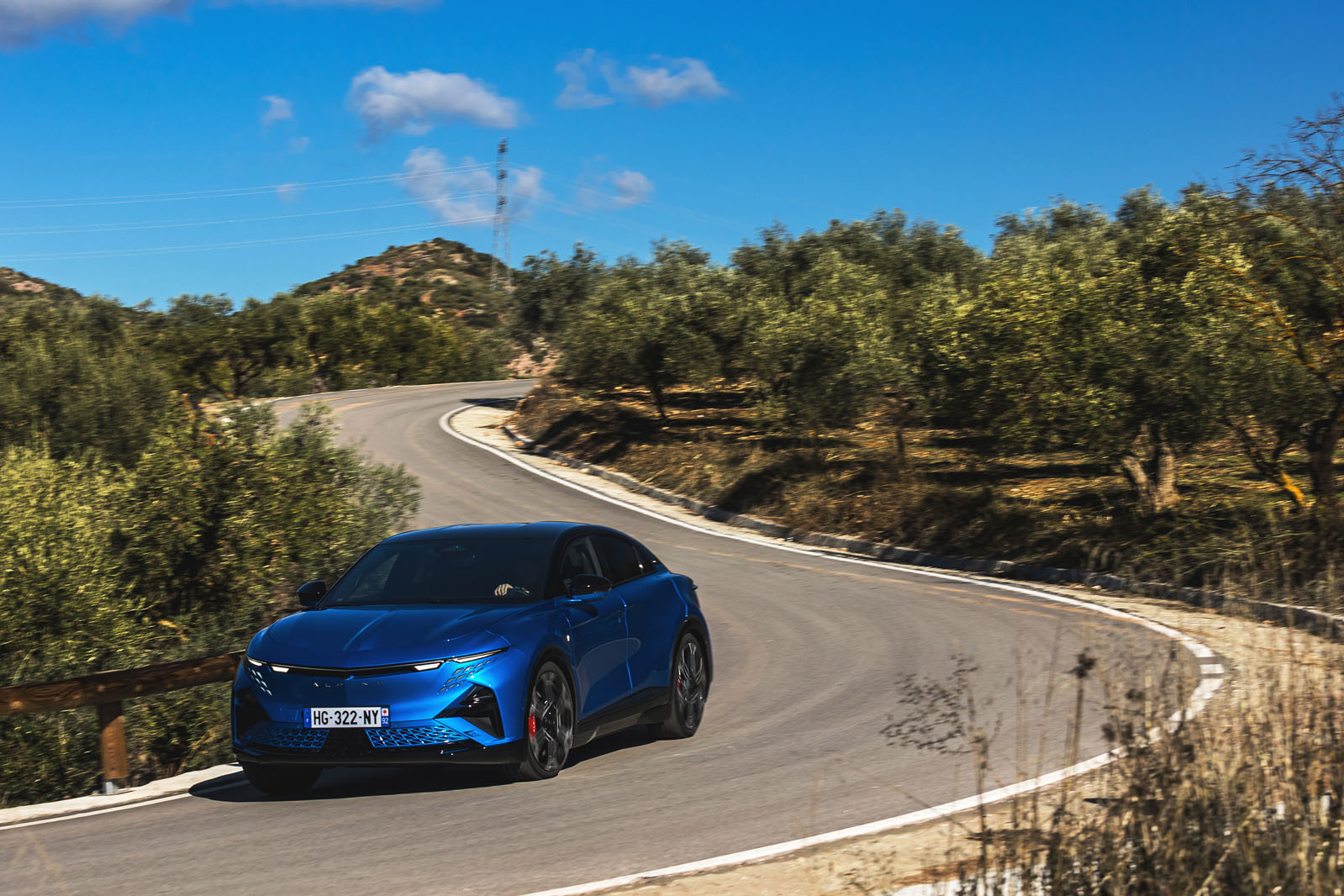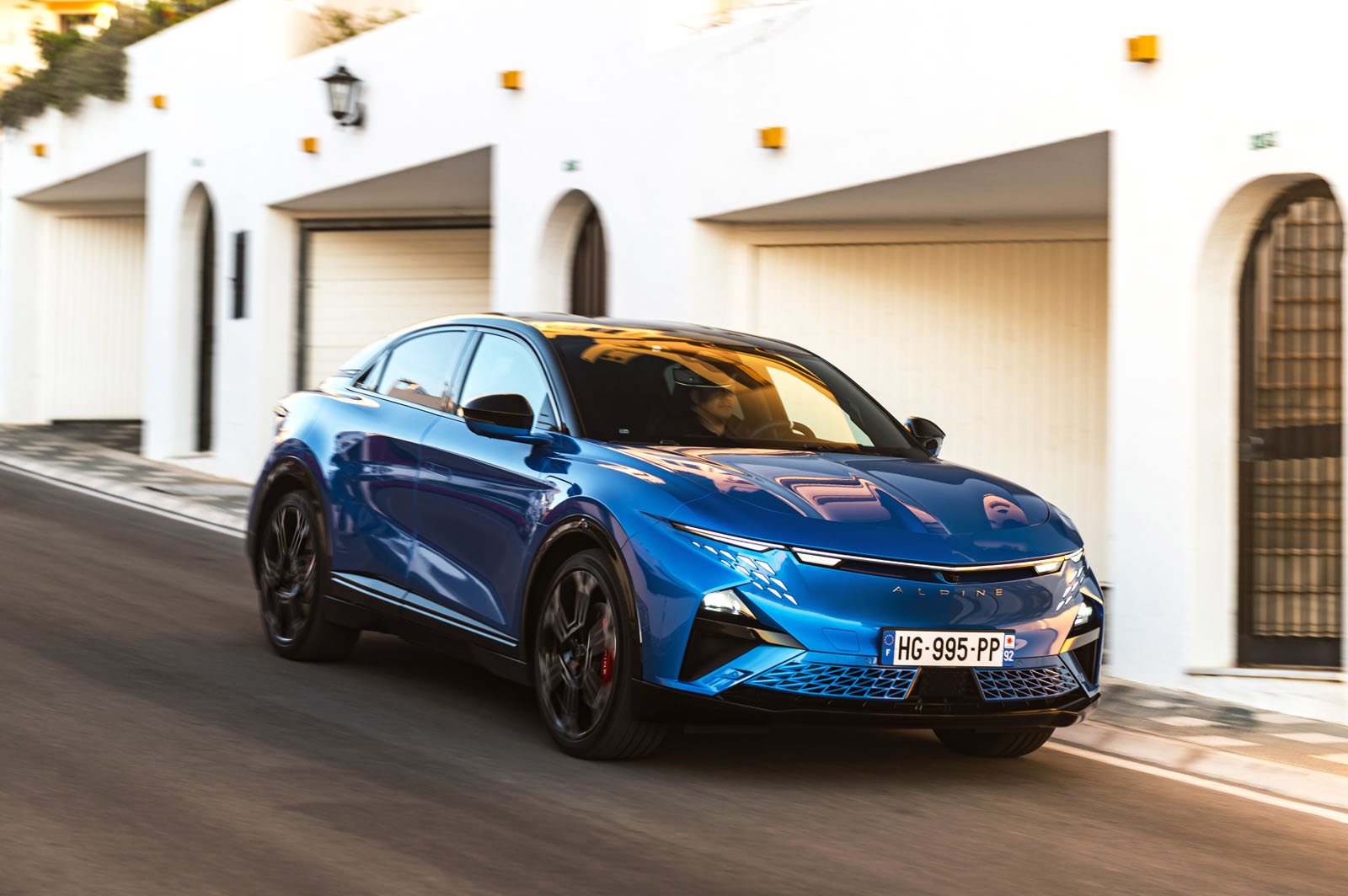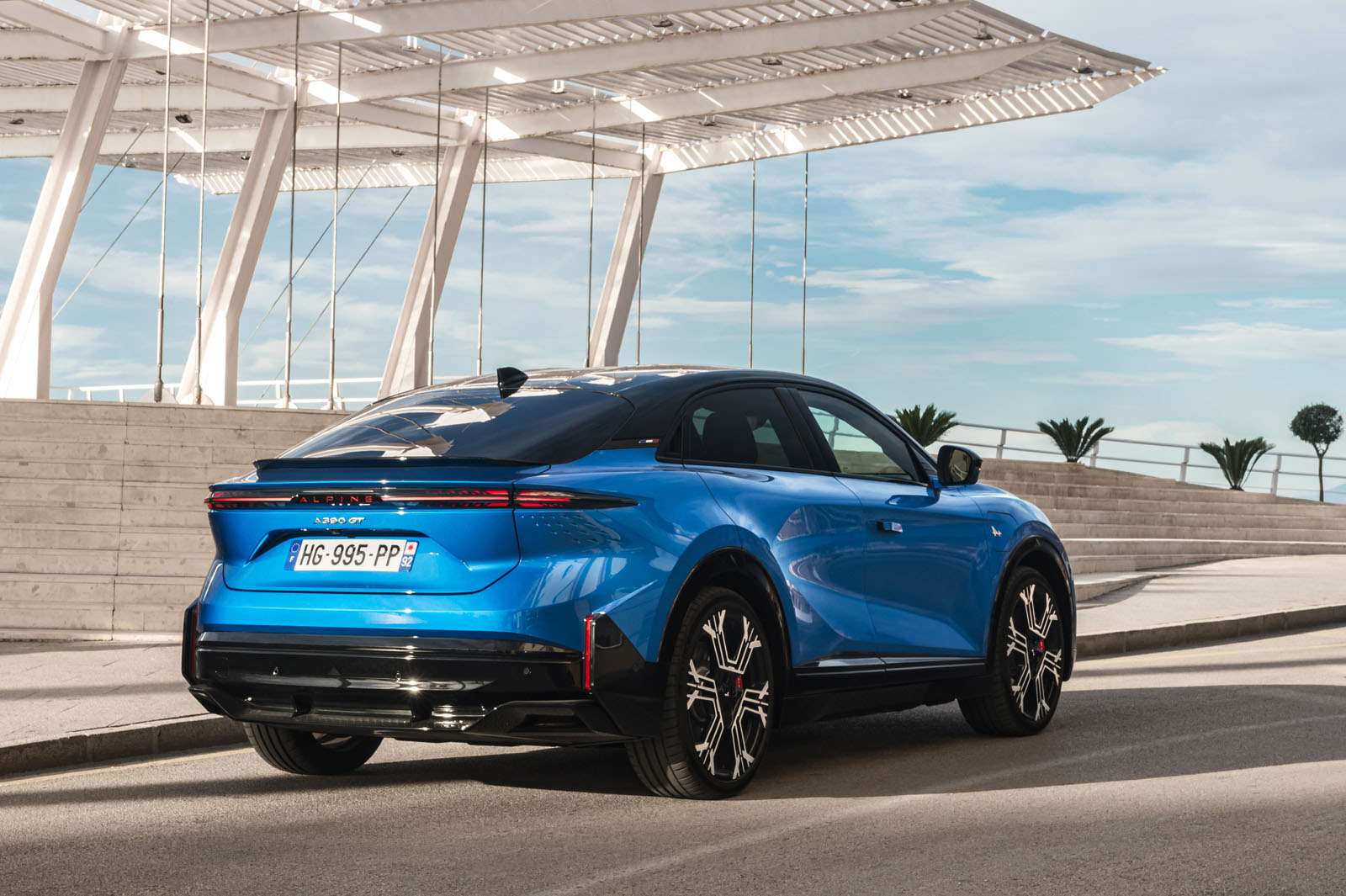Sport mode doesn’t change the torque distribution but relaxes the ESC and makes the steering slightly heavier. The difference isn’t huge, and the electronics will still fight back you if you try to misbehave. From steady-state cornering, under power the chassis will, as stated, naturally push. However, with some well-timed but gentle weight transfer on the way into a bend, you can pick up the accelerator and exit in a super-neutral power-wheel slide, within the constraints of the chassis electronics. This is the kind of Alpine-typical polish we had expected to find, and it's there to be enjoyed if you get things just right.
Track mode is where things get markedly more interesting, with the A390 starting to feel rear-driven. It will rotate on the power, and it’s at its most playful if you pitch it in on the brakes and then get hard on the accelerator. Once again, weight transfer is crucial to get the A390 properly steering on the accelerator – more so than it is the Ioniq 5 N.
Trying to provoke the car and seeing what it will let you get away with is certainly good fun, but it never feels completely natural, because even with the ESC disabled (which you can do in any drive mode, using a single physical button), you always have the four-wheel drive system second-guessing you and pulling you out of a slide before you want it. The steering is also sped rather quickly. This is again an attempt to draw a line to the A110, but here it isn't fully intuitive.
In general, the steering probably feels Renault rather than Alpine, with a glassy sub-limit feel and slightly nervous responses off-centre. The A290's steering comes alive when you really lean on it, but the A390’s limits are much higher and it’s a much bigger car, meaning opportunities to do so are rarer.
So the A390 has some verve and class about it from a handling perspective, but overall it can be difficult to exploit the triple-motor set-up on the road. At the same time, within the limits of grip the balance is overtly neutral, rather than feeling conspicuously driven forward from the hips, and there isn't much of that delicate throttle-adjustability, used to trim your line, which the A110 is all about.
For all that, the A390 rides reasonably well despite its big wheels and passive dampers. It can on rougher surfaces feel slightly busy and wooden, but it's well within acceptable bounds for a sporting model.




